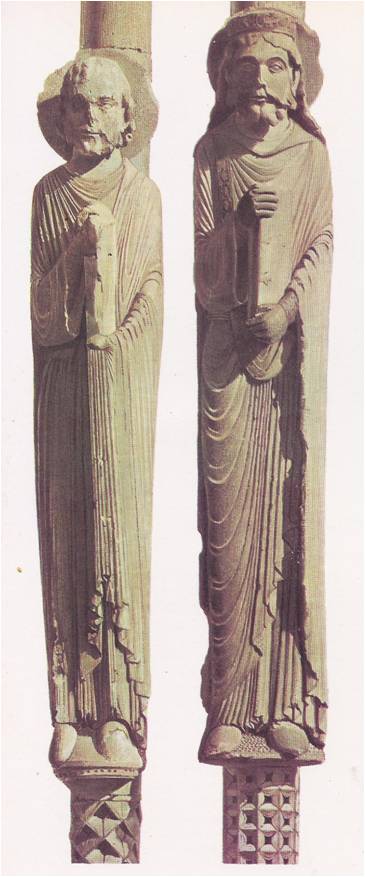THE LONG STRUGGLE between France and England, known to history as the Hundred Years’ War, was not really a war — and it lasted more than a hundred years. Rather than a war, it was a series of separate battles, with periods of uneasy peace between and it lasted from 1338 to 1453. It was time of misery for both sides, but the French lost more men and saw much of their land devastated. By the end of the Hundred Years’ War, important changes had taken place in both countries. In France, the years of conflict weakened the power of the nobility and led to the rise of a strong middle class. Warfare would never be the same; the English victories showed that mounted knights, weighed down by heavy armour‚ were no match for archers with longbows and the final battles were decided by artillery. The cause of the war was that the English still held the Duchy of Aquitaine, a rich land in southwestern France and were determined not to lose it. The French were equally determined to drive them out. A further complication was the situation in Flanders. The English sold raw wool to Flemish manufacturers, who wove it into cloth and sold a good part of it back to the English. This trade was important to England and even more so to Flanders and both countries were anxious that nothing should happen to disturb it. The English also kept a watchful eye on the Flemish ports, which could serve as a base for a French attack on England or an English attack on the continent. Flanders was not a completely independent state; its ruler, the Count of Flanders, owed allegiance to the king of France. England tried to destroy the count’s authority by stirring up the Flemish …
Read More »The Power of the Church 529 – 1409
IN THE YEAR 1134, in the town of Chartres in France, the church burned down. The church was a cathedral — that is, it was the church of a bishop. The bishop at that time was Theodoric and he immediately began the construction of another cathedral. He knew that the task would not be an easy one; it meant raising large sums of money and finding many workmen and the actual work of building would take years. Bishop Theodoric allowed nothing to stop him, he won the support of the people, of commoners and nobles alike. An eye-witness, who visited Chartres in 1144, wrote that “kings, princes, mighty men of the world, puffed up with honours and riches, men and women of noble birth,” helped in the work, pulling wagons loaded with “wine, corn, oil, lime, stones, beams and other things necessary to sustain life or build churches. . . .” Although a thousand men and women were drawing wagons, “yet they go forward in such silence that no voice, no murmur, is heard. . . When they pause on the way no words are heard but confessions of guilt, with supplications and pure prayer. . . . The priests preach peace, hatred is soothed, discord is driven away, debts are forgiven, unity is restored.” The cathedral was complete in 1180, but fourteen years later a fire broke out again, destroying most of the building. It also destroyed the towns people’s houses. They would have given up both the church and the town if it had not been for a representative of the pope. The fire was God’s punishment for their sins, he warned, and now they must restore the cathedral and put up new houses. The towns people did as he said. Money for the rebuilding of the church …
Read More »

